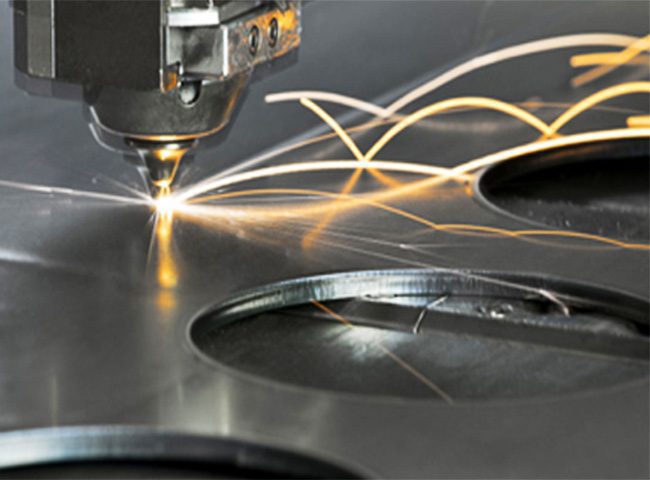What is Metal Fabrication and How it Works?
What is metal fabrication, and when did it begin?
The history of metallurgy dates back as early as 7000 BC when a few Neolithic communities in present-day Turkey begin hammering copper into crude knives and sickles. Today, the metals most used in industry include aluminum, brass, copper, gold, iron, nickel, silver, magnesium, tin, titanium and various grades of steel.
In the U.S., metal fabricators work in industries that produce everything from architectural and structural materials to boilers, tanks, shipping containers, hardware elements, cutlery and hand tools.
When any metal undergoes various processes to take the form of structures or machines, it is known as Metal Fabrication. It is the designing and manufacturing of quality metal products in accordance to specified configurations. The standard processes of metal fabrication include shearing using shear blades, machining, welding, rolling, grinding, etc.
The computer controlled procedures can be laser cutting, punching, bending, and forming. Being automated by programming codes, these procedures offer clear-cut specifications along with precision. Metal Fabrication is a value added process where the value of the metal increases as it undergoes various procedures.
Processes
it involves many different processes, including specialty techniques, which can involve:
- Die cutting
- Finishing
- Hydroforming
- Roll forming
- Shrinking
- Spinning
- Stamping
- Stretching

How it works?
The Bidding
Metal fabricators are specialized in the field to execute the work with utmost care and perfection. Most of the large scale manufacturing units have in-house fabricators. If not, they are frequently in contact with other fabrication units, also known as fab shops. Fabricators bid on jobs by providing drawings and the whole plan of the project. The work may vary from building of a hand railing, machinery parts, to whole structures for buildings. Once the agreement is finalized, the real work starts.
The Planning
Apposite skills and strategic planning is required for the work. All the stages to be executed are pre-planned and sorted. The raw materials are ordered which commonly include plate metal, formed metal, expanded metal, welding wire, hardware, castings and fittings, as is appropriate for the given work. Engineers are also involved from the beginning when the work is outsourced by a manufacturing plant.
Execution
Fabrication alters a mere heap of metals to high-end machineries and building structures. The task includes intricate procedures and is executed by professionals. Firstly, the metal is cut using tools like laser cutters, bandsaws, burn tables, water jet cutters, CNC machines, etc. Another process common during the fabrication is forming or shaping of metals. The shape of the raw material is modified using tools like punches or dies under this process. Rolling machines and tube bending machines are used for the making of round sections of the metals.
After the primary processes, the task of compilation or assembling is done. The product formed by the previous process is welded together to get the desired shape, size and functionality. The metal is cooled down so that it can be sandblasted and painted. The final product is tested for quality assurance and shipped over to the client. To ensure quality it is important to keep the cutting tools in top working condition. For example laser cutting machines should be regularly serviced and all the laser parts and consumables are regularly replaced.

